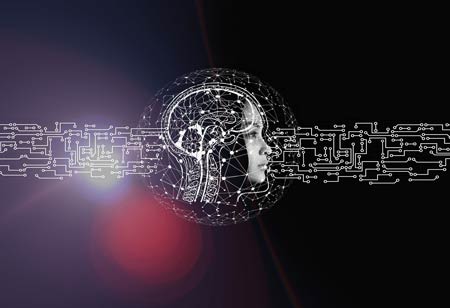THANK YOU FOR SUBSCRIBING
Be first to read the latest tech news, Industry Leader's Insights, and CIO interviews of medium and large enterprises exclusively from Education Technology Insights
Education Sector To Undergo a Paradigm Shift With Digitisation
With the digital revolution infiltrating every aspect of human space, the world has rapidly evolved into a technologically driven hub.

By
Education Technology Insights | Wednesday, December 28, 2022
Stay ahead of the industry with exclusive feature stories on the top companies, expert insights and the latest news delivered straight to your inbox. Subscribe today.
The education sector is undergoing a multi-dimensional shift post its adoption towards digitisation-involved practice.
FREMONT, CA: With the digital revolution infiltrating every aspect of human space, the world has rapidly evolved into a technologically driven hub. Various researchers elucidate that nearly 3.5 billion people have access to the internet, while an average of five billion people globally contain mobile devices. This scrutinised connectivity has greatly impacted people's engagement capacity while delivering real-time news and allowing them to explore the world. Wherein, the education sector is no exception to this fast-paced evolution, facilitating a technology-driven transformation in classroom and teaching patterns.
Meanwhile, the pandemic advent has further accelerated its pace, emerging as an effective alternative on account of the persistent lockdown scenario. Therefore, educational institutions rely on technology as an efficient source to cope with evolving developments. Hence, the domain is experiencing a paradigm shift by embracing a reliable internet source, favouring effective and uninterrupted online learning.
One testamental transformation in education via inculcating a technology-driven approach is enhanced accessibility to school, lessons, and degree programmes for students, regardless of their ages. That is, learning for pupils with impairments is facilitated with varied innovative advancements, thereby addressing these hindrances effectively. For instance, text-to-speech and transcribed content often provide students with the required information via a considerate model. This enables them to learn and earn degrees at their convenience in remote mode.
Meanwhile, because of the geographical perspective, accessibility and access are rapidly increasing, allowing students to choose degree courses from established institutions while removing location barriers. Therefore, students all over the globe admit themselves to their favourite colleges and courses via distance education, enabling them to take classes online. This, in turn, facilitates inducing flexibility in students.
Another significant impact of the digitised education pattern is the personalised learning approach, with institutions tailoring their learning practises and techniques to fit with students' strengths and weaknesses, rather than favouring a single learning method for all students. That is,learning pupils, benefit from these prioritised techniques in a variety of ways because they feel connected to the learning pattern and thus progress further in their careers with heightened interest. Thus, students are well-motivated by the job opportunities that fit with their areas of interest and strengths.
Alongside this, it positively impacts educational institutions via an increased retention rate, as students often feel elated when a school or college meets their demands on a genuine note. Thus, a personalised approach highly tames the life of a learning individual while accelerating an institution’s student rate accordingly, thereby enabling institutions to emerge as leaders in education and job training.







